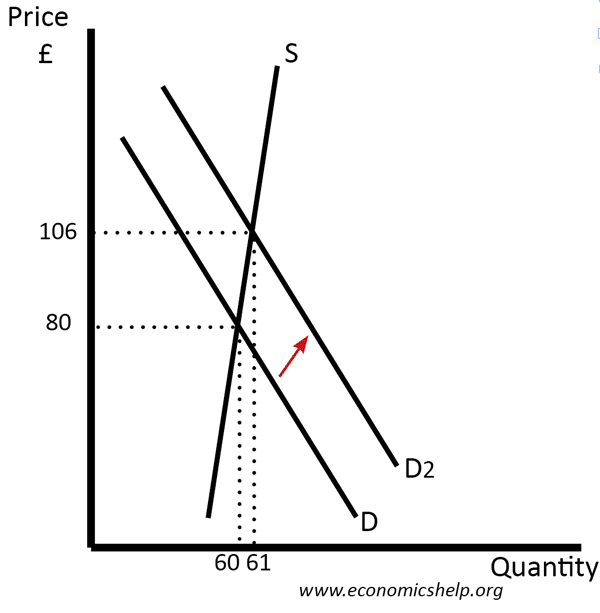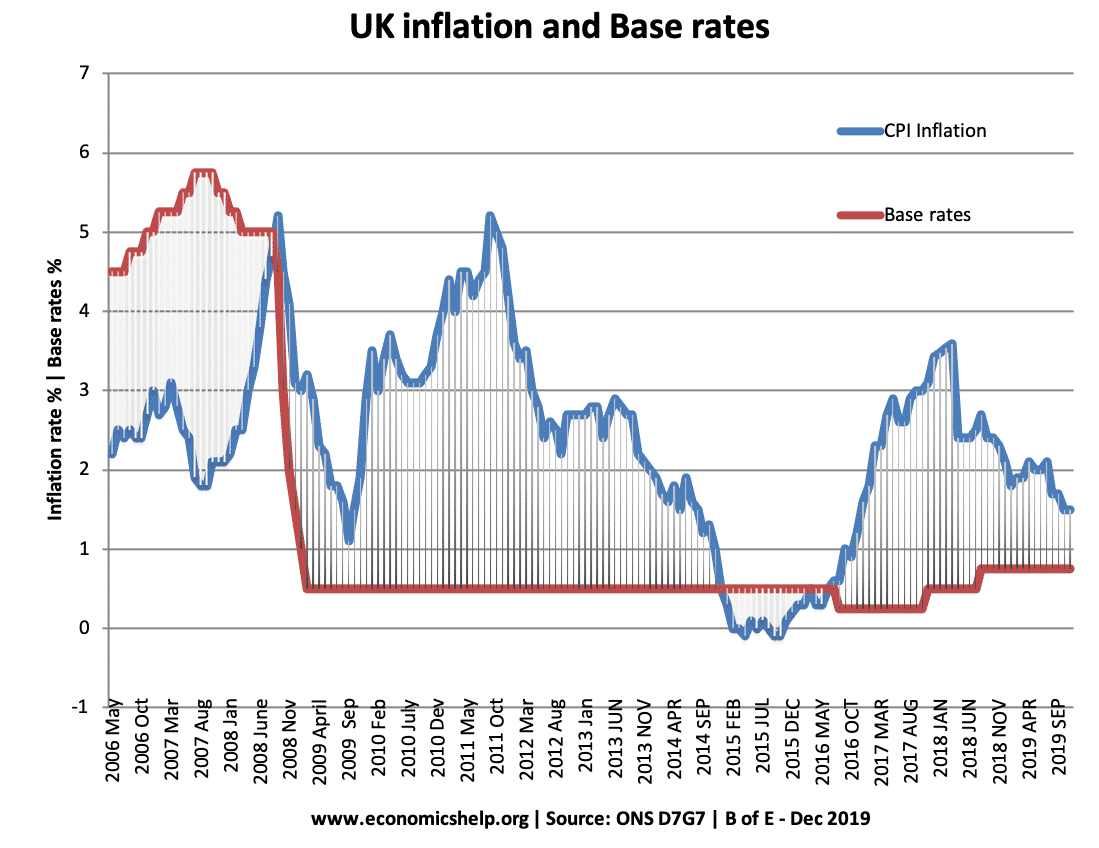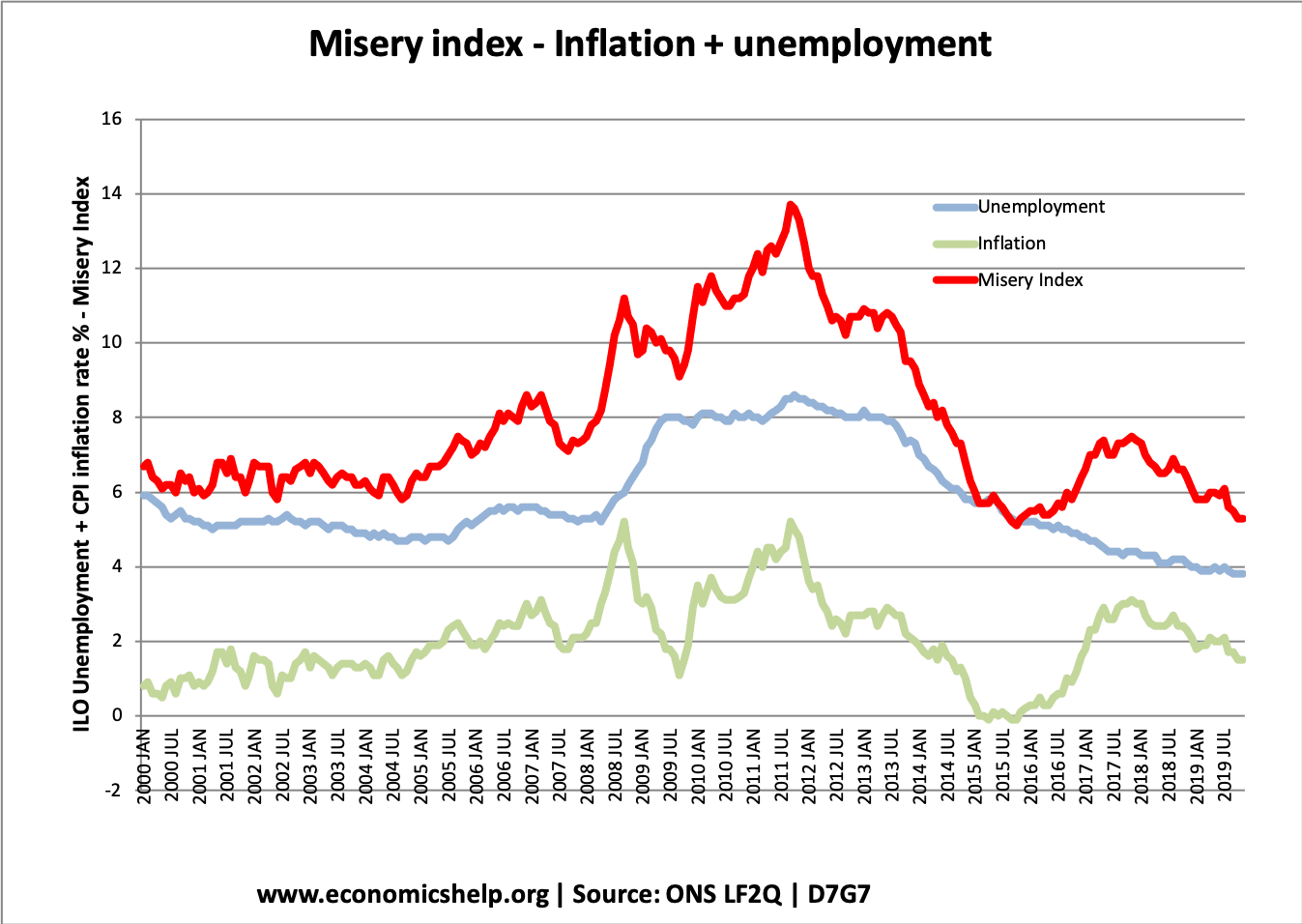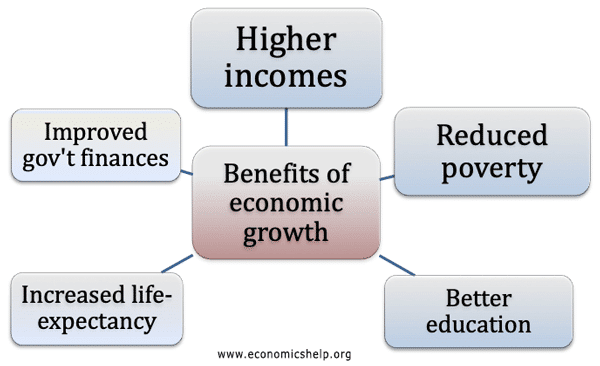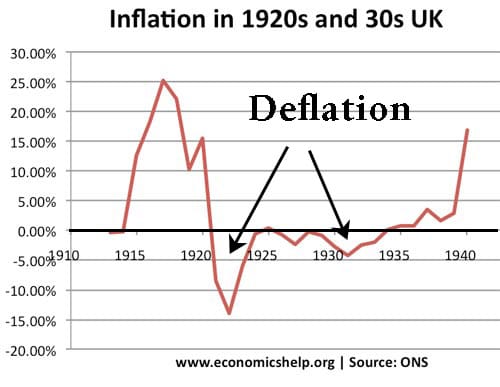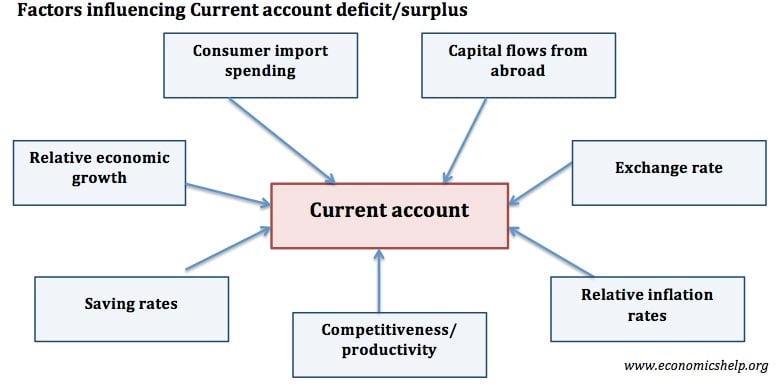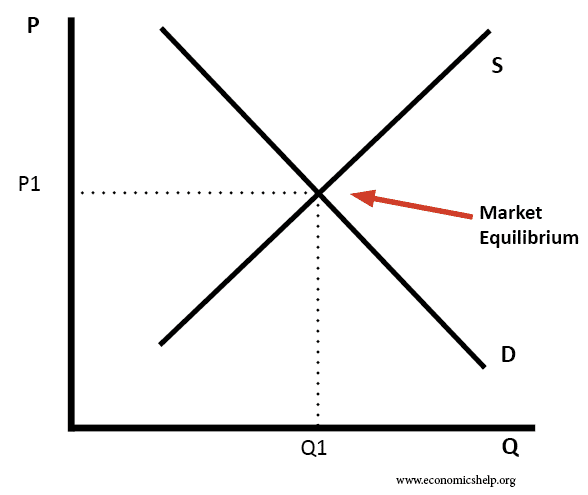Explaining Supply and Demand
Supply and demand are a fundamental basis of economics; they help explain the determination of price and output in different markets. The supply curve shows the amount of goods firms are willing to sell at different prices. At higher prices, it becomes more profitable to sell the goods, so supply tends to rise with the …

